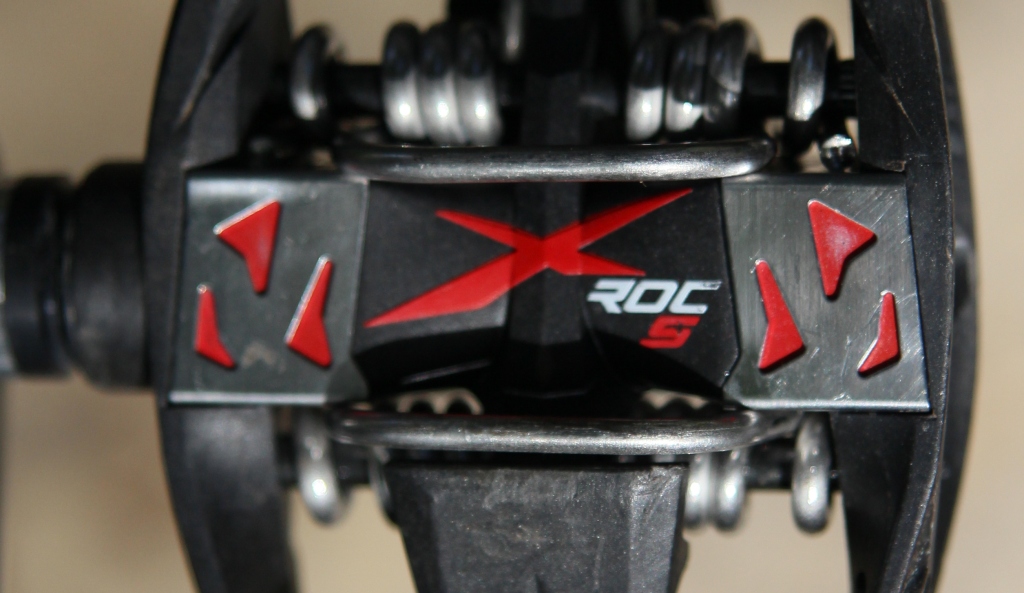For those of you new to the sport of mountain biking, seeing other people ride around with their funky looking shoes clipped in to their odd-shaped pedals may look A) weird or B) like a death wish! Actually, there are a number of very good reasons to use these special shoes and pedals… which is why almost everybody who’s serious about riding singletrack does.
What are the benefits to using clipless pedals?
Clipless pedals were originally developed primarily to increase pedaling efficiency in order to help riders go faster. With a standard set of flat pedals, you are only able to put power into your drivetrain on each downstroke of the pedals. But when your feet are clipped in, you’re able to provide constant power with both legs by utilizing the upstroke as well.
Of course it’s not physically possible to generate as much power on the upstroke as on the down, but being able to add power to the system constantly does make you a significantly more efficient machine. As an added bonus, this constant power (as compared to the surges of power that come from just mashing the pedals) helps you to maintain better traction on loose, steep climbs.
While all of these things are very true, none of them are my personal favorite reason for using a clipless system. For me, the advantage of being “locked” into my bike made me fall in love with clipless pedals. When you’re clipped in, your feet will never slip off of the pedals, even when the going gets rough! I’ve met hardcore downhillers who claim that if you’ve got the right pair of flat pedals and shoes, your feet will be as rock solid as if you were riding clipless. Maybe that’s true – but the downhill skier in me doubts that even a pair of DH flats can beat the feeling of being mechanically connected to your bike.
Not only do clipless pedals increase your efficiency and keep your feet from slipping off, but they offer increased control as well. It is much easier to put “body English” on the bike when you’re be in a sticky technical situation, easier to jump your bike and control it in the air, easier to ratchet the pedals and provide partial strokes when needed, and clipless pedals force you to try harder to stay upright because you don’t want to constantly be clipping in and out.
When should I switch over to clipless pedals?
The simple fact that you’re reading this article is a good indicator that you should try a pair of clipless pedals. You’re obviously interested enough in mountain biking that you are spending time researching it on the internet.If this isn’t just a passing fling for you, not just a sport that you’re going to participate in every once in a while, I’d recommend going clipless.
Sure, go ahead and learn the basic skills with flat pedals. They offer lesscommitmentto technical moves, and not having to buy specific shoes or another pair of pedals is definitely cheaper. But once you’ve been riding for several months and are getting out on the singletrack at least a couple of times every week, it’s time to get serious and take advantage of all the benefits I’ve detailed above.
It’s time to take the plunge and buy some clipless pedals!
Coming Soon: What gear you need to buy, and how to use it once you’ve bought it.
Your Turn: If you’re an experienced rider, do you have any points you’d like to add on the benefits of clipless pedals?





















